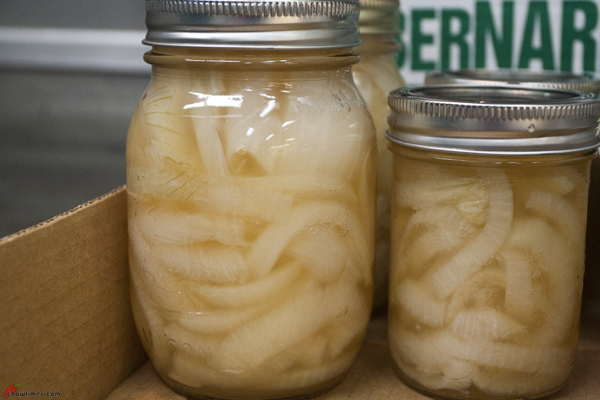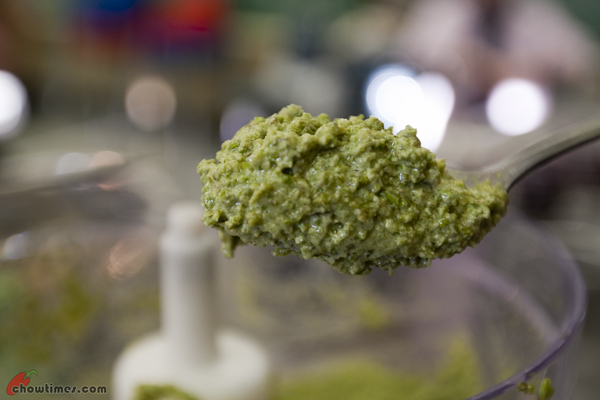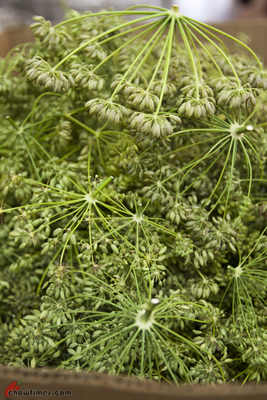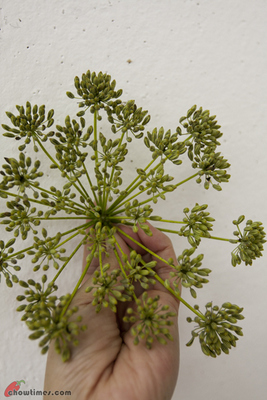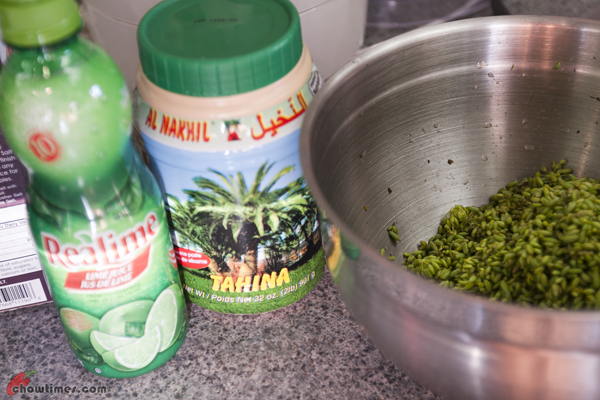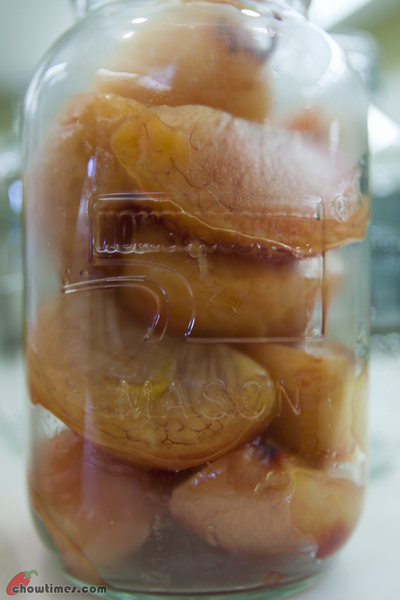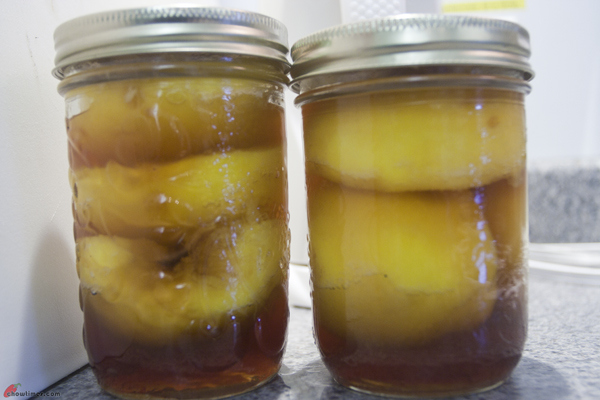In the last food preservation workshop organised by the Food Security Society at Garratt Wellness Center, Karen DW demonstrated how to make Sauerkraut.

This is a simple home fermentation technique. You can use greens like cabbage, chard, etc to make Sauerkraut. The final product of the Sauerkraut is sour due to the acid lactic released by the bacteria during fermentation.
Ingredients
- greens, like chards, cabbage, etc
- salt

For the best sauerkraut, use firm heads of fresh cabbage. Shred cabbage and start kraut between 24 and 48 hours after harvest.
Here is an excerpt supply by Karen DW regarding preparing and canning fermented foods extracted from the Complete guide to Home Canning.
A 1-gallon container is needed for each 5 pounds of fresh vegetables. Therefore, a 5-gallon stone crock is of ideal size for fermenting about 25 pounds of fresh cabbage or cucumbers. Food-grade plastic and glass containers are excellent substitutes for stone crocks. Other 1- to 3-gallon non-food-grade plastic containers may be used if lined inside with a clean food-grade plastic bag. Caution: Be certain that foods contact only food-grade plastics. Do not use garbage bags or trash liners. Fermenting sauerkraut in quart and half gallon Mason jars is an acceptable practice, but may result in more spoilage losses.
Cabbage and cucumbers must be kept 1 to 2 inches under brine while fermenting. After adding prepared vegetables and brine, insert a suitably sized dinner plate or glass pie plate inside the fermentation container. The plate must be slightly smaller than the container opening, yet large enough to cover most of the shredded cabbage or cucumbers. To keep the plate under the brine, weight it down with 2 to 3 sealed quart jars filled with water. Covering the container opening with a clean, heavy bath towel helps to prevent contamination from insects and molds while the vegetables are fermenting. Fine quality fermented vegetables are also obtained when the plate is weighted down with a very large clean, plastic bag filled with 3 quarts of water containing 4 1/2 tablespoons of salt. Be sure to seal the plastic bag. Freezer bags sold for packaging turkeys are suitable for use with 5-gallon containers.
The fermentation container, plate, and jars must be washed in hot sudsy water, and rinsed well with very hot water before use.
Source: Complete guide to Home Canning via Karen DW
Continue reading →


